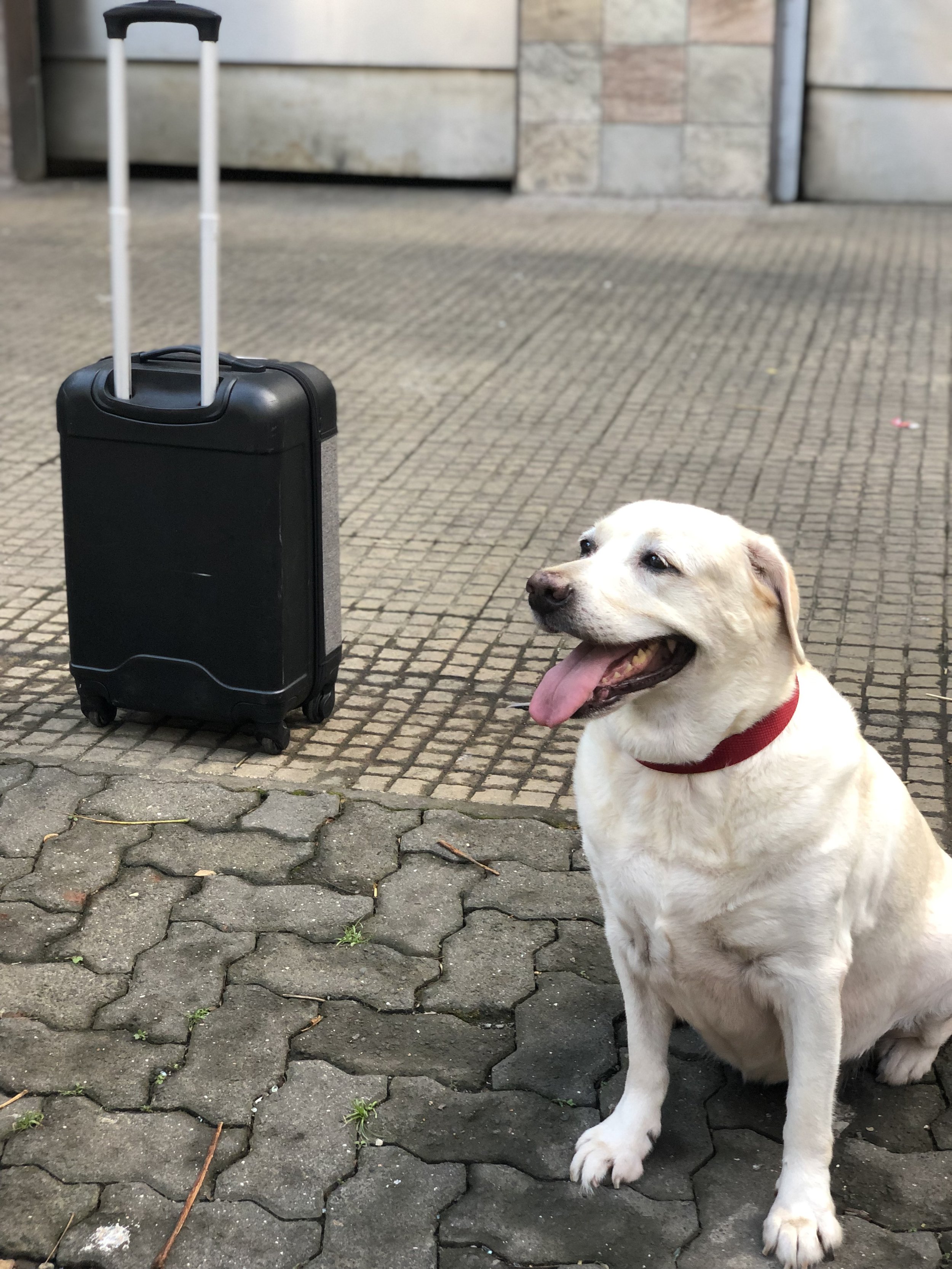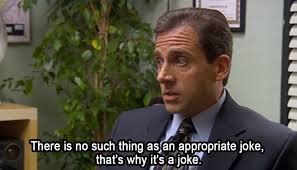GPTs won’t makes sales more efficient according to…
What comes to your mind when you think of the word sales? For me it was: “Sell me this pen!!!!”
Mango with her suitcase full of treats
This changed when I read Gap Selling by Keenan a few weeks ago.
This short story is about a saleswoman called Mango, selling software to veterinary clinics all over the world. I employ Keenan’s techniques to showcase key elements to a sales process. I then use this as a basis to state that generic content will not lead to increased efficiency or closure rates. This is my opinion as an outsider to the sales world.
How does Mango approach a potential client?:
Mango sends out a cold email to a client. The client is a well-know veterinary group based in Asia. This is an excerpt of her email:
“Research shows that veterinary clinics in Asia of a similar size like yours have to tackle with excessive administration tasks that lead to burnouts and increased stress among the vets. This leads to 15% in lost revenue annually. That is close to $10M in earnings for companies of your size!
If this is something you would like to solve, I would love to spend some more time understanding your business and processes.”
She focuses on solving their problem. She does not focus on her product. A problem drives a sale. Diagnose the customers problem and understand the impact the problems have on its business.
Mango’s Discovery:
Once she gets her first meeting, she does not start talking about her solution. She digs in deep into understanding the customer’s problems and finding out the value that could be unlocked. Discovery is key. She asks questions that generate more information. She starts asking questions in this format: “Tell me about …”, “Help me understand…”, “Could you walk me through…”, “Could you please describe…”
You are no longer selling a product or service, you are selling a desired outcome. You are selling their ability to accelerate growth. This also means you can’t send out pricing without discovery!
Does Mango introduce her solution on the first call?:
Mango always splits her discovery and pitch. Her discovery call is to focus on the customer and get to know their biggest problems and qualify the client. Each client has different problems. Doing a demo without even knowing which features are key to a particular client would be a mistake.
Once she knows every important detail about her client and has a $ figure on potential value that the client could make/save from using the tool, she demos. She focuses on the features that solve that particular clients problems and that’s it.
Value = Offer (Additional income generated) - Ask (cost of SaaS tool)
How does Mango address the status quo bias (lethargy to change):
There are 6.8 decision makers for every sale. It’s tough to get someone to change even when there is revenue to be made.
Mango knows so much about her prospect that she can put a $ number to the value generated. The prospect and Mango together calculated the value to be $15M in earnings. But Mango knows better. She knows that the client still has to go through several processes in order to get this approved. In addition, the implementation process involves multiple individuals and departments.
So the prospect goes dark. Mango send out an email that has the following: “I’m confused…you said that if we implement our solution you would go from $XX million in revenue to $XY million in revenue within 18 months. So I am surprised I haven't heard from you. Has something changed? Have you solved your problem or got another solution?
Mango encourages them. Mango reinforces the gap and focuses on their current and future state.
Is Mango interested in making her clients like her?
The best paper salesman in the world, Michael Scott from Dunder Mifflin Inc. believed that sales is a lot about people. The show focused on this persona but also brilliantly captured the methodology we’ve read in this blog. In one of the episodes, he asked the prospect what is most important to them - the prospect responded saying cost and great customer service. Michael then provided the prospect with value. He made a call to his customer service (Kelly) in front of him and it was answered within seconds. He showed value, sold the gap and closed the deal. He didn’t want to be liked in that meeting and didn’t focus on that either. Focus on your relationships but that alone will not take you far.
One of my favourite lines: Focus on the next yes - sales cycle should be like a rising staircase. Every single yes you hear, is a small sale. A big sale is a 100 small sales.
This story about Mango leads to my conclusion. Every step that Mango took needed customisation and thinking. It wasn’t generic and if anything, it was simple with no fluff. Your customers are not bots (as of April 2024) and hence I believe that brilliantly drafted generic emails will not lead to an increased response rate.
I hope I’ve inspired a few of you to get this book, which has so much more information and tactics that you can implement beyond just a sales cycle.


